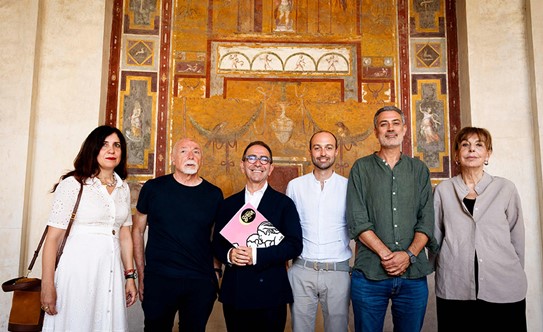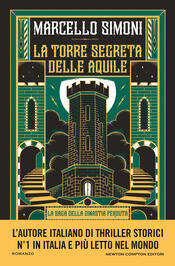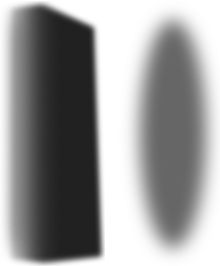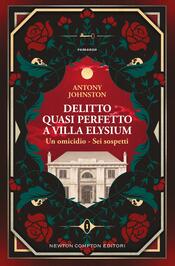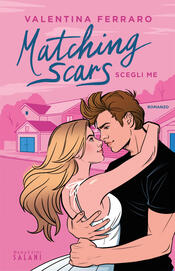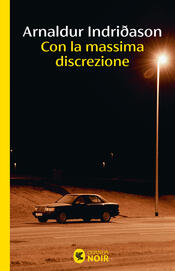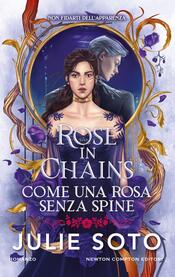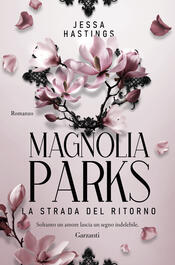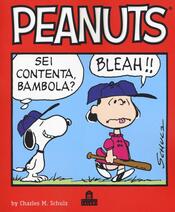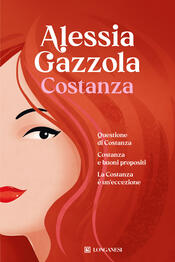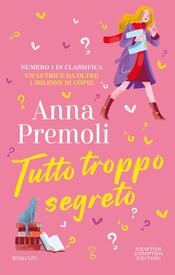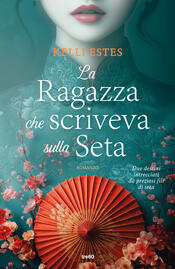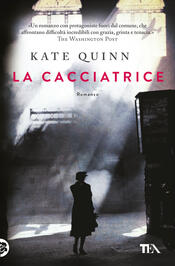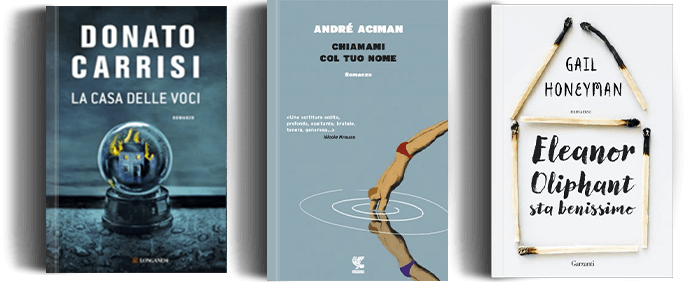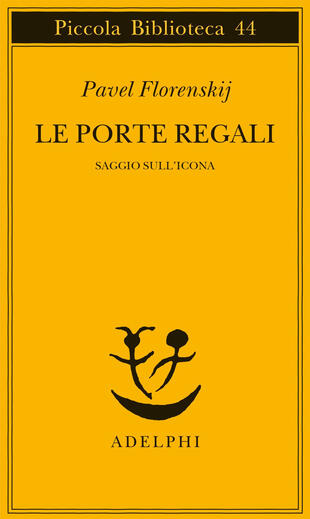
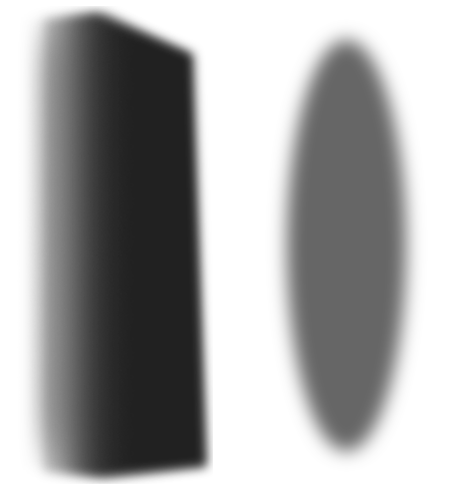
Sinossi
Il mondo della pittura di icone, che Florenskij - soggiogante figura di mistico, filosofo, matematico e teologo, quale poteva apparire soltanto in quella prodiga fioritura di genialità che si ebbe in Russia nei primi anni del secolo scorso - ci svela in queste pagine, rimarrebbe per sempre incomprensibile se lo si avvicinasse con i consueti strumenti della critica d'arte. Esente dalla prospettiva, incompatibile con la concezione della pittura dominante in Occidente dal Rinascimento in poi, l'icona presuppone una metafisica delle immagini e della luce. Ed è a questa metafisica che Florenskij ci introduce, scendendo poi in analisi storiche acutissime, che svariano dalla pittura fiamminga alle tecniche della preparazione dei colori, dalle forme dei panneggi al significato dell'oro e al nesso fra le icone e la liturgia della Chiesa orientale. Accompagnati da questa guida incomparabile, possiamo così finalmente varcare le «porte regali» dell'iconostasi, «confine tra mondo visibile e mondo invisibile», luogo dove si manifesta una pittura sublime, in cui le cose sono «come prodotte dalla luce».
- ISBN: 8845936007
- Casa Editrice: Adelphi
- Pagine: 210
- Data di uscita: 22-07-2021
Recensioni
Pavel Florensky states why icons are singular and vital to the life of the Church. They preserve the Tradition and the authentic zeal for Truth of the Church. I don't agree that all post-Reinassance art is vain and more interested in lies, but he has a point: when canons are broken out of rebellion, Leggi tutto
This is the book and the translator is the man who drew me into Orthodoxy. It is a tough read if you lack grounding in Orthodox ideas, but well worth the investment of time. Donald Sheehan, who translated this work, was my thesis adviser at Dartmouth College where I studied Florensky and Dostoevsky
"A dirla in breve, la pittura d'icone è una metafisica dell'essere - non una metafisica astratta ma concreta. Mentre la pittura ad olio è più adatta a riprodurre la presenza sensibile del mondo [l'arte del Rinascimento e del mondo cattolico] e l'incisione il suo schema razionalistico [l'arte del mon Leggi tutto
This book was totally revelatory. Coming from such a different mindset, but from undoubtedly a very brilliant, and also pious mind, it was a delight to be exposed to some totally new thoughts and ideas. I particularly liked the one where he asserted that dreams are constructed backwards in an instan Leggi tutto
All the interesting parts of Tolstoy's "What Is Art?" are based on this book. It's more meaningful than sensical, but sensical too, and details the aesthetic approach of icon painters in eastern orthodox Christianity. Florensky was a philosopher/priest/theologian/scientist/etc and was exiled to pris Leggi tutto
Подобает быти живописцу смирену кротку благоговейну непразднословцу несмехотворцу несварливу независтливу непьяницы неграбежнику неубиицы. страсть есть отсутствие в душе объективного бытия Апостол увещевает римских христиан представить или поставить свои тела в жертву Богу; предоставление в жертву тел Leggi tutto
Citazioni
Al momento non ci sono citazioni, inserisci tu la prima!

